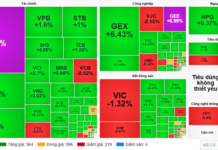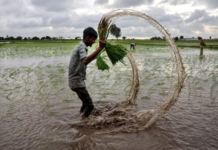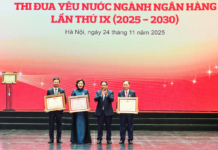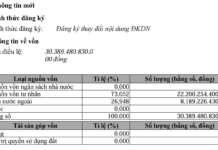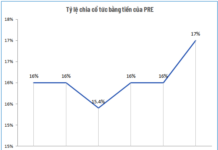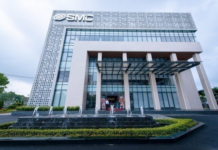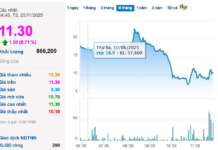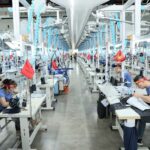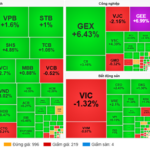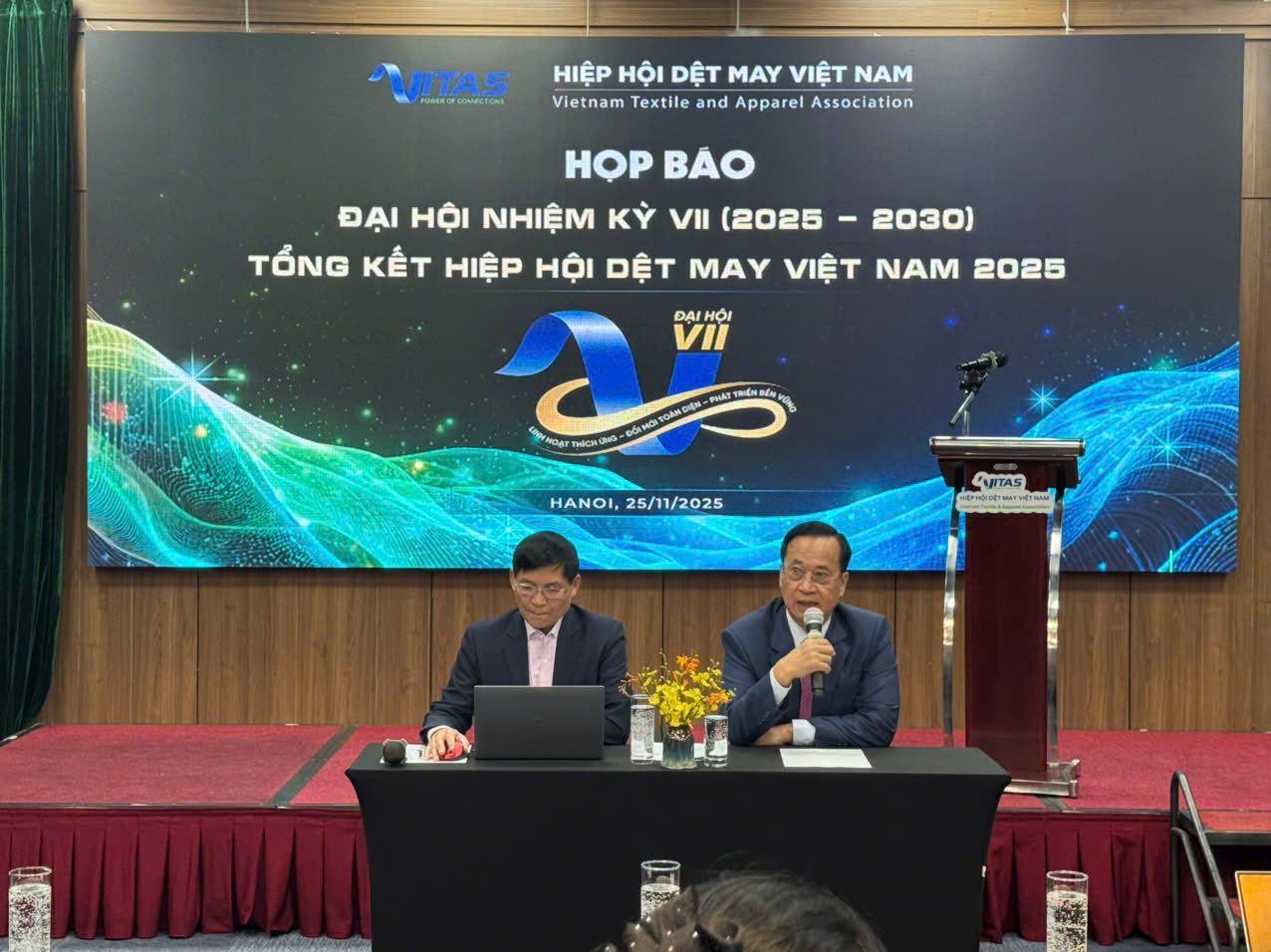
On November 25th, the Vietnam Textile and Apparel Association (VITAS) held a press conference for the 7th term congress (2025 – 2030) and the 2025 VITAS Annual Review. The event was conducted in a hybrid format, with in-person attendance in Hanoi and virtual participation from Ho Chi Minh City and Da Nang.
Speaking at the conference, Mr. Vu Duc Giang, Chairman of VITAS, emphasized that 2025 marked a remarkable recovery for the industry. Key highlights include an estimated textile and apparel export turnover of $46 billion, a 5.6% increase compared to 2024. The industry’s trade surplus is projected to reach $21 billion, solidifying its role as a cornerstone of Vietnam’s trade balance. The domestic value-added ratio has risen to approximately 52%, reflecting significant progress in securing a stable supply of raw materials and accessories.
According to Mr. Giang, one of the critical factors influencing the industry this year has been the shifts in global political and trade relations. U.S. tariffs on Vietnamese textile and apparel exports remain unchanged, while detailed negotiations on product origin and sourcing are ongoing, closely monitored by the Ministry of Industry and Trade and relevant agencies.
Additionally, the industry faced considerable pressure from orders with tight production timelines and stringent quality requirements. Despite these challenges, Vietnamese enterprises maintained stable production and retained their market share across 138 global export destinations. Key markets include the U.S., EU, Japan, South Korea, China, and countries in Africa and the Middle East.
VITAS’s 2025 development strategy focuses on three core pillars: diversifying export markets, expanding partnerships and customer bases, and broadening product ranges. These efforts have led to the introduction of new product lines and increased investment in domestic raw material sourcing.
Another driver of sustainable growth has been the adoption of advanced technologies, automation, artificial intelligence, and robotics in management and production. Many Vietnamese companies have transitioned from contract manufacturing to producing FUB and ODM products, taking greater control over design, production, and distribution to meet the stringent demands of multinational brands.
The global trend toward sustainable and eco-friendly fashion has become a mandatory requirement from major import markets. Vietnam’s textile industry has made strides in producing recycled fibers, natural fibers, and environmentally friendly products, aligning with global sustainable consumption trends.
Looking ahead, the industry aims to achieve export targets of $48–49 billion in 2026 and $66–66.5 billion by 2030. Key strategic initiatives will continue to focus on market diversification, domestic raw material investment, technological advancement, automation, and the global promotion of Vietnamese brands.
Unlocking $64.5 Billion in Textile Exports by 2030: Competing Through Green Capabilities
Despite projections of a 5.6% growth to $46 billion by 2025, Vietnam’s textile industry faces mounting pressure from European countervailing duties, emission standards, and Extended Producer Responsibility (EPR) regulations. While the EVFTA opens market opportunities, businesses must prioritize significant investments in green capabilities and traceability to remain competitive.
Vietnamese Designer Transforms Discarded Pineapple Leaves, Corn Fibers, and Fruit Peels into Internationally Acclaimed Ethnic Fashion
At nearly 40, designer Phạm Ngọc Anh boldly pivoted to fashion design, igniting a vibrant new chapter in her life. While many settle for the familiar, she courageously stepped beyond her comfort zone, embracing a quiet passion that had long burned within. This daring leap marks the beginning of an inspiring journey fueled by her unwavering dedication to creativity and self-expression.

